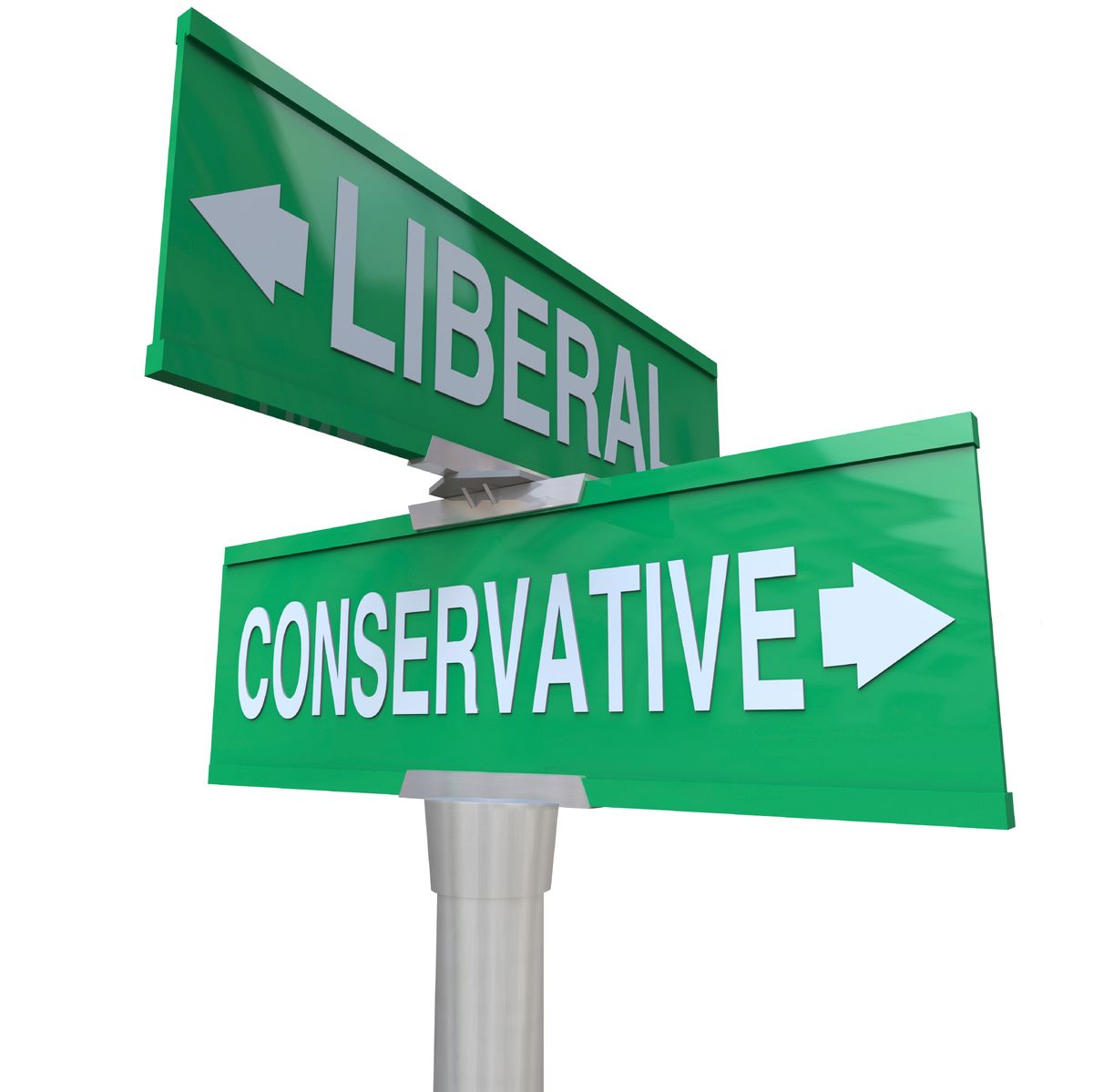Political polarization in America is growing, and it's not just due to the presidential election. But according to psychiatrist Gail Saltz, if we only knew how the other side's brains work, we'd be able to communicate better.
"What’s really fascinating is that there have been a number of recent studies looking at brain structural differences between liberals and conservatives," said Saltz. "And what’s been found in several studies is that liberals tend to have a larger anterior cingulate gyrus. That is an area that is responsible for taking in new information and that impact of the new information on decision making or choices. Conservatives tended on the whole to have a larger right amygdala. Amygdala being a deeper brain structure that processes more emotional information—specifically fear-based information," Saltz explained.
While understanding brain structure could be helpful when engaging in any bipartisan negotiation that reaches across the aisle, of course, as Saltz explains, "it's not black-and-white" for every individual. But it does give a pretty good guess at which kind of appeal could resonate more successfully with the political other, depending on how they respond to fear-based decision-making and how open they are to new information.
"Basically the study showed that if you just based it on brain structural size difference, you could predict who would be a conservative and who would be a liberal with a frequency of 71.6 percent; 71.6 percent is a pretty high ability to predict who is a conservative and who is a liberal just from brain structure," Saltz said.
"When you look at what your parents were in terms of predicting what you might be in terms of conservative versus liberal, that enabled you to predict in studies at a rate of 69.5 percent. So very close. Not quite as good. And why is that interesting? It’s because the brain is plastic," Saltz continued.
The brain may be able to absorb new ideologies, but old habits die hard.
"The brain is plastic and ever-changing, particularly in youth. ... Thinking certain thoughts or predominantly, let’s say, utilizing your right amygdala versus your anterior cingulate gyrus inform the growth of those areas and therefore help you predict later who is liberal and who is conservative," explained Saltz.
"So in terms of interpreting the meaning of different sized structures for a liberal versus a conservative, I think you have to look at what that area is predominantly responsible for. So, for instance, for conservatives if your right amygdala is enlarged, and that’s the fear-processing area, you would expect maybe choices or decisions or character and personality to be more informed by a response to a fearful situation," Saltz said.
"Conservatives, in fact, in personality studies do tend to rate higher in areas of stability, loyalty, not liking change," and incorporating religion when it comes to making certain choices, Saltz said. "And if you look at liberals from a personality character standpoint, you’re going to find stronger ratings in terms of liking change, wanting to actually base decision-making on new information, on science information. And so those differences are not surprising in light of these brain structural differences. Being a liberal or being a conservative really is not black-and-white. It’s really a bell-shaped curve where, you know, someone who considers themselves conservative may be far less conservative, so to speak, than someone else who still calls themselves a conservative. And that bell-shaped curve continues all the way through where in the middle there may be a large group that calls themselves independents," the psychiatrist reported.
It'd be interesting, as Saltz points out, to better understand the brain structures of the growing number of independents in America.
Watch:


Shares